Imagine lying in a warm room, surrounded by fragrant oils, while gentle hands massage your body, helping you forget the worries of everyday life. An Ayurveda massage is much more than just a relaxation technique: it is part of a holistic approach to promoting health and well-being. As an essential component of Ayurveda, the ancient Indian healing art, an Ayurveda massage is believed to help with various ailments and support healing processes.
But how exactly does an Ayurvedic massage work? What distinguishes the Indian massage from “Western” massage techniques, and what is the process like? In this article, we will answer these and other questions.
Table of Contents:
- What is an Ayurvedic Massage?
- Benefits and Effects of an Ayurveda Massage
- The Process of an Ayurvedic Massage
- Abhyanga, Mukabhyanga & Co.: Types of Ayurveda Massages
- Special Ayurveda Massages for Men and Women
- Ayurvedic Self-Massage – A Guide
- Massage Oils and Their Effects on Dosha Types
- Side Effects – When to Avoid an Ayurveda Massage
- FAQ – Essential Facts about the Indian Massage
- Try an Ayurveda Massage Yourself
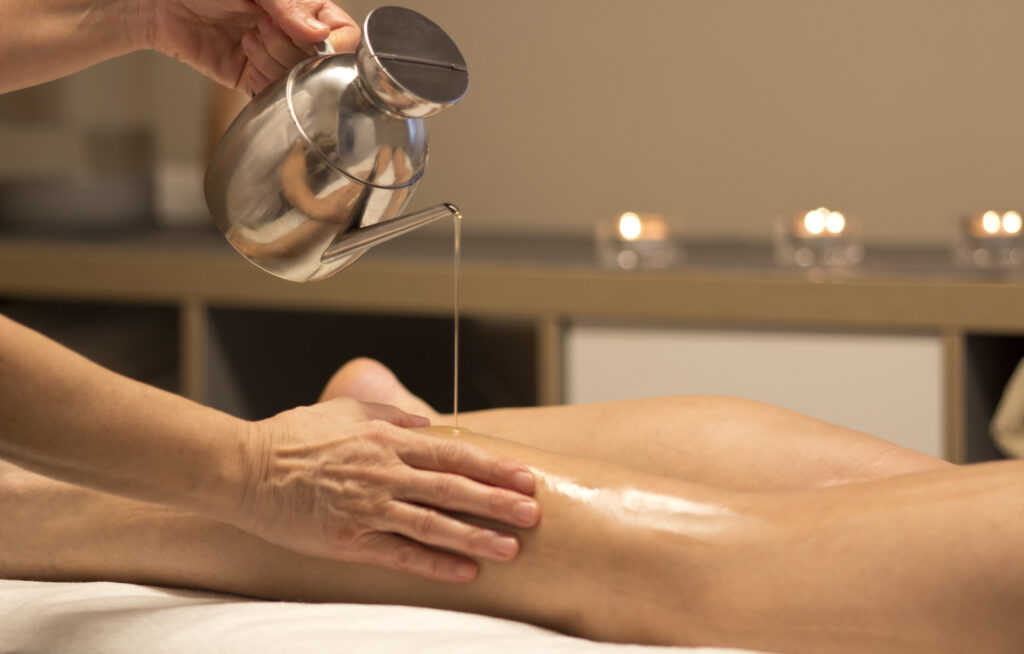
What is an Ayurvedic Massage?
Definition and Origins of Ayurveda Massage
The Ayurveda massage is a fundamental treatment method within Ayurveda. Its goal is to alleviate various ailments and activate the body’s self-healing powers. Ayurvedic massages are divided into different types, each designed to achieve specific effects such as rejuvenation, internal cleansing, or muscle relaxation. Like all other Ayurvedic practices, an Ayurveda massage is tailored to the individual’s dosha type.
The history of the Ayurvedic massage, like that of the Indian healing art itself, dates back approximately 5,000 years. Over the centuries, Ayurveda has continued to evolve and is now widely practiced, not only in India and Sri Lanka but also in countries like Germany, often as part of an Ayurveda retreat.
Differences from Western Massage
Unlike Western massages, which mainly focus on muscle relaxation and improving blood circulation, Ayurveda massages take a holistic approach. They not only consider your physical state but also your energetic and spiritual balance.
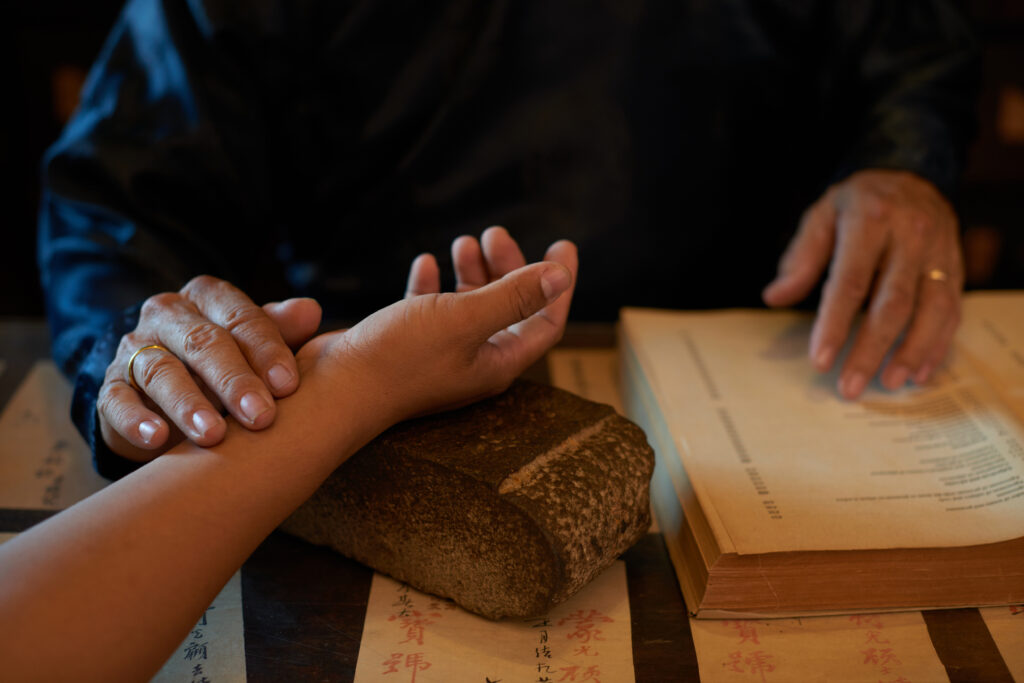
Therefore, the doshas, which are the life energies that exist in varying compositions in each of us, play a crucial role. They need to be brought back into balance during an Ayurveda retreat. Before Ayurvedic treatments like massages can be performed, the first step is to determine which dosha type you are, in order to perfectly tailor the treatments to your needs. Based on this, specific massage techniques may be applied that are intended to cool or heat your body as needed. The choice of massage oil also depends on your dosha type. Furthermore, the use of large amounts of oil is an important component of an Ayurveda massage.
Another significant difference is that, unlike other types of massage, you cannot choose how much pressure is applied or which oil you would prefer during an Ayurveda massage. The therapist customizes the massage session based on the composition of your doshas to restore any imbalances.
These differences make the Ayurveda massage a unique and profound experience that goes far beyond mere physical relaxation.
Benefits and Effects of Ayurveda Massage
Ayurveda massage offers numerous positive effects for the body, mind, and soul. By combining special massage techniques with the use of herbal oils, it provides a profound impact that goes far beyond simple relaxation. Below are some of the most important effects and benefits:
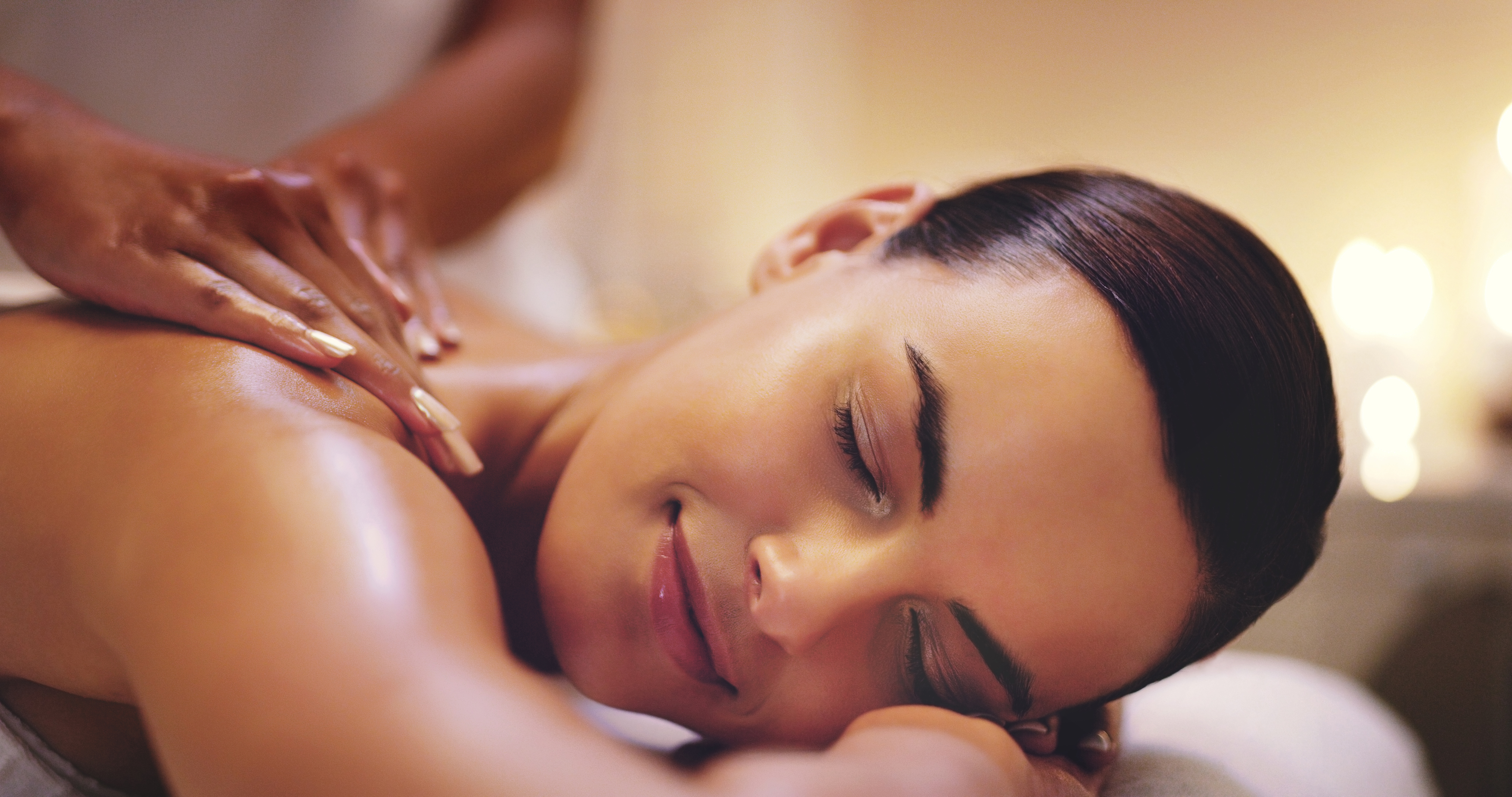
Effects of Ayurveda Massage on the Body
- Improved Circulation: The gentle, rhythmic movements of the massage promote circulation and help transport nutrients and oxygen more efficiently throughout your body.
- Detoxification: By stimulating the lymphatic system, Ayurveda massage can assist in the removal of toxins from your body.
- Muscle Relaxation: The deeply penetrating oils and techniques can help loosen tight muscles and alleviate pain.
Positive Effects of Ayurvedic Massage on the Mind
- Stress Reduction: The calm, relaxing atmosphere and gentle touches can lead to a significant reduction in stress.
- Improved Sleep: The relaxing effects of the massage can improve sleep quality, resulting in more restful and deeper sleep.
- Mental Clarity: Harmonizing your doshas helps reduce mental unrest and promotes mental clarity.
Long-Term Health Benefits of Ayurveda Massages
- Strengthening the Immune System: Regular Ayurveda massages can strengthen your immune system and improve the body’s defenses.
- Balancing the Doshas: The massage helps to balance the three doshas (Vata, Pitta, Kapha), contributing to a more balanced and healthier life.
- Supporting Self-Healing Powers: By stimulating the flow of energy in your body, the massage activates and supports your natural self-healing abilities.
The Process of an Ayurvedic Massage
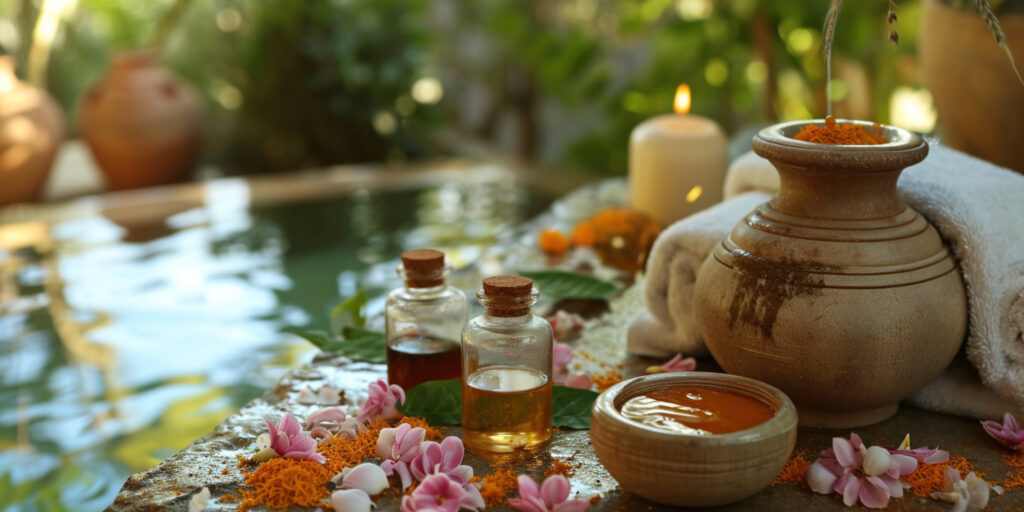
For maximum effect, an Ayurveda massage follows a carefully structured procedure. While the steps may vary depending on the type of massage, the general process includes the following:
1. Preparation for the Ayurveda Massage
The massage begins in a quiet, warm environment. The room is often filled with soothing music and the scent of essential oils. Before the massage starts, the therapist determines your dosha type during a preliminary conversation and selects the appropriate oils and massage techniques based on that.
2. Choosing the Right Massage Oils According to Dosha
The selection of oils is a central aspect of the Ayurveda massage. Each oil has specific properties suited to different dosha types. For example, sesame and almond oil have a calming effect on Vata, while coconut and sandalwood oil are cooling for Pitta.
3. Appropriate Clothing
During the massage, you will typically wear minimal clothing or be covered with special towels, allowing access to all areas of the body and facilitating the absorption of the oils. The therapist always ensures your privacy and comfort.
4. The Actual Massage
A typical Ayurveda massage lasts about 60 to 90 minutes. After lying down on a special massage table, the therapist usually starts with a gentle head or face massage to release tension and put you in a deep state of relaxation. This is followed by a full-body massage, where rhythmic, circular movements and strokes are used to work the oils deep into the skin and promote circulation.
5. Post-Massage Rest and After-Effects
After the massage, a rest period is essential for the body to benefit fully from the after-effects of the Ayurveda massage. You are taken to a quiet room to deepen your relaxation and support the healing process. It’s also important to drink plenty of water after the massage to flush out the toxins released. Warm ginger water is particularly beneficial after an Ayurvedic massage.
Abhyanga, Mukabhyanga & Co.: Types of Ayurveda Massages
There isn’t just one type of Ayurveda massage. Instead, it is a collective term for various types of massages practiced in Ayurveda. Each of these massages has its own specific purpose, technique, and effects on the body and mind. Here are some of the most well-known Ayurveda massages:
Abhyanga – The Ayurvedic Full-Body Massage
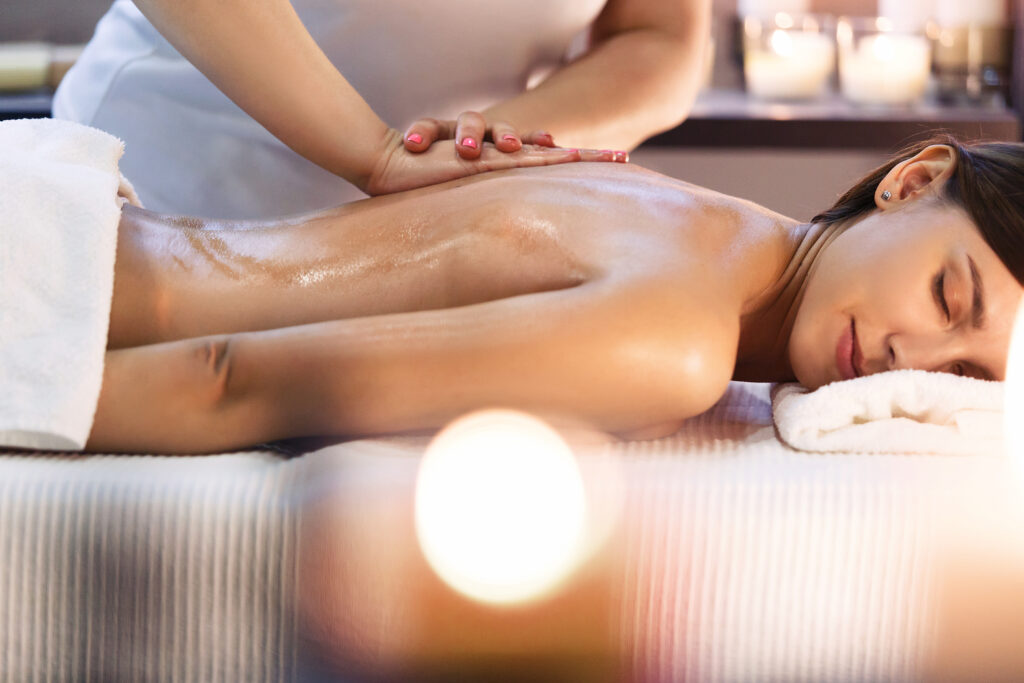
The Abhyanga massage is probably the most famous form of Ayurveda massage. Translated from Sanskrit, “Abhyanga” means “great anointing.” As the name suggests, this massage involves a full-body treatment using gentle, flowing movements. Traditionally, Abhyanga is performed by one or two therapists who work synchronously to allow deep penetration of the oil. The intimate area is naturally excluded in an Ayurveda massage.
High-quality, warming plant oils such as sesame, almond, or coconut oil are used for the body, depending on the dosha type. For the head, cooling oils like Brahmi or sandalwood oil are used. The goal of Abhyanga is to detoxify the body, promote blood circulation, relax muscles, and calm the mind. It can also improve skin elasticity and strengthen the immune system.
Mukabhyanga – The Ayurvedic Face Massage
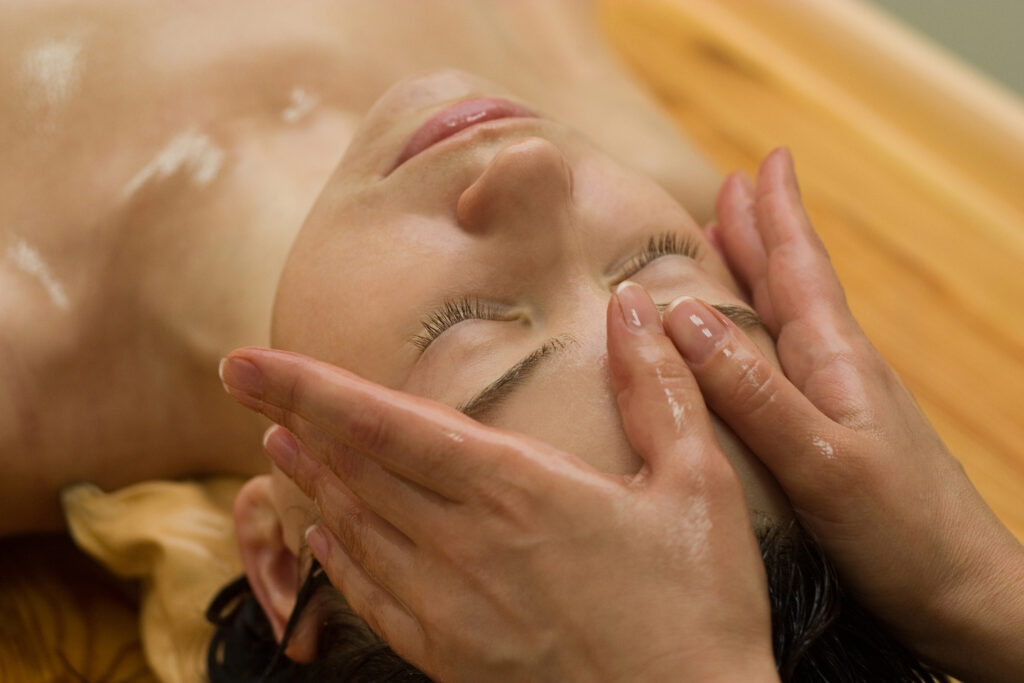
The Mukabhyanga massage is a subform of Abhyanga, focusing on the face and head area. The term “Mukabhyanga” combines the words “Mukha” (face) and “Abhyanga” (anointing) and literally means “anointing of the face.”
Light, nourishing oils suited to the delicate facial skin are used in this treatment, such as sandalwood oil, rose oil, and jasmine oil. Sandalwood oil is known for its cooling and calming properties, rose oil hydrates the skin and improves its elasticity, while jasmine oil has antiseptic and anti-inflammatory properties, helping to cleanse and rejuvenate the skin.
The goal of Mukabhyanga is to relax facial muscles, improve circulation, and tighten the skin. It also helps relieve headaches and migraines and reduces stress. The facial massage is often combined with Shirodhara, an Ayurvedic therapy where warm oil is continuously poured over the forehead.
Padabhyanga – The Ayurvedic Foot Massage
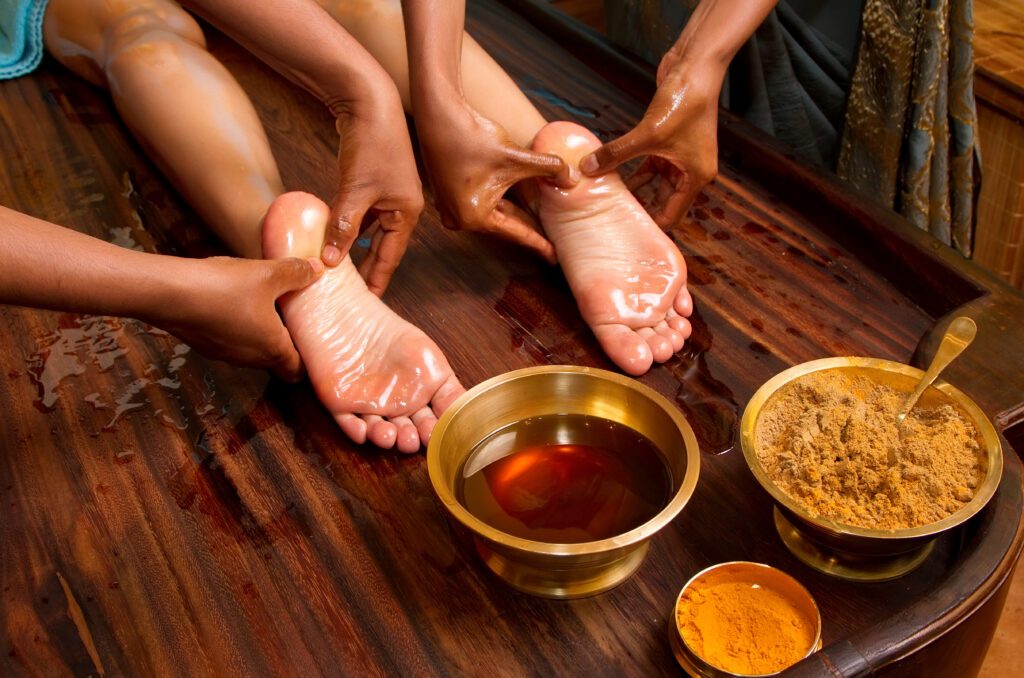
Another subform of Abhyanga is Padabhyanga. The name combines the words “Pada” (foot) and “Abhyanga” (anointing) and literally means “anointing of the feet.” This massage is particularly soothing and relaxing, as the feet contain many reflex zones and energy points that affect the whole body.
The Padabhyanga massage uses gentle but firm movements to stimulate the various reflex zones on the feet. The massage usually starts with a soothing foot bath, followed by the application of warm oils. Typical massage techniques include kneading, stroking, and pressing, which promote circulation and relieve tension.
The goals of Padabhyanga are similar to those of the full-body and facial massages: promoting circulation, relaxing the nervous system, strengthening the immune system, relieving pain, and easing sleep disorders.
Garshana – The Ayurvedic Dry Massage
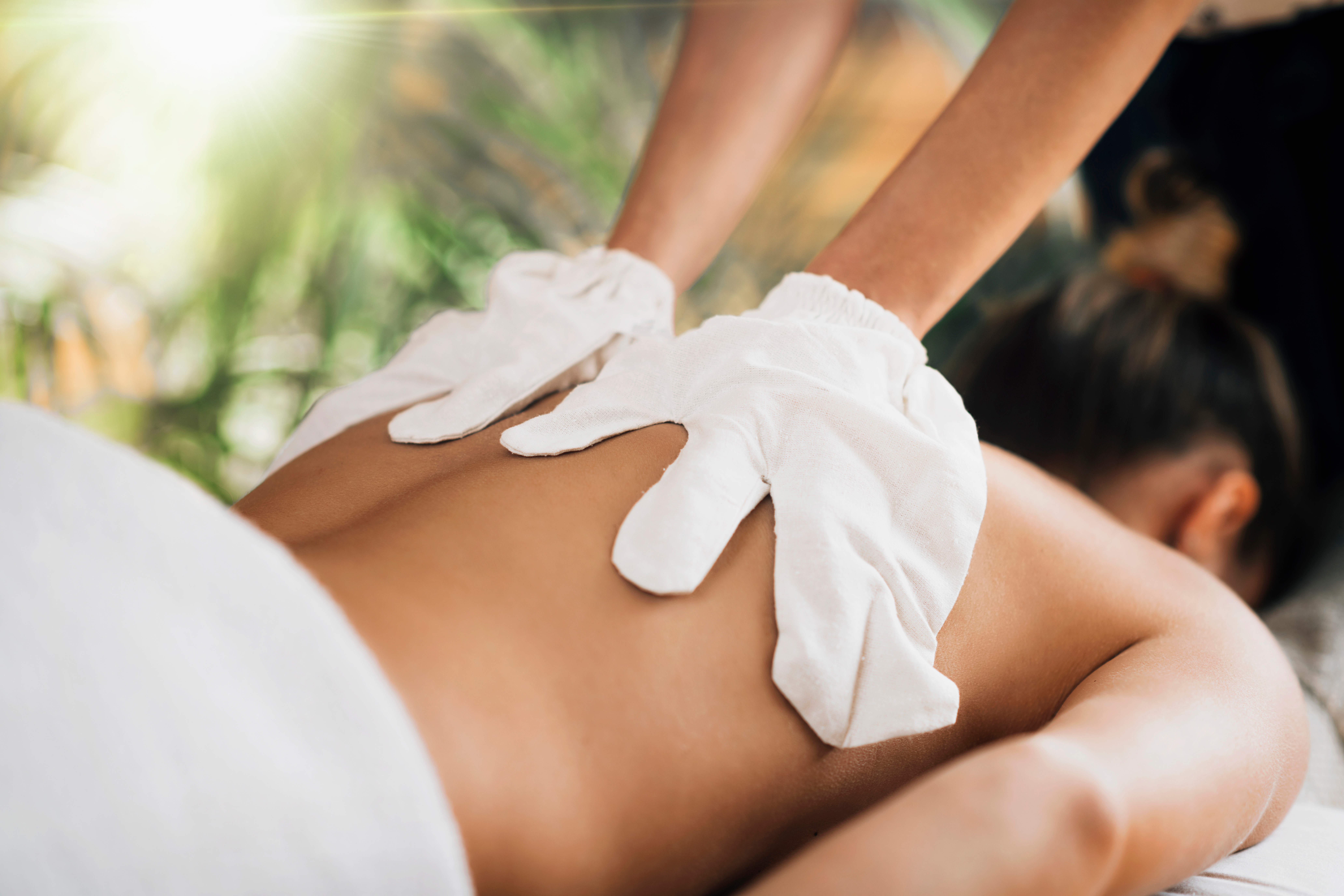
The Garshana massage is a unique type of Ayurveda massage that differs from typical oil massages. “Garshana” literally means “rubbing” and refers to the dry massage technique, where no oil is used.
Instead, the body is massaged with dry silk gloves in circular movements. The massage usually begins at the feet and works systematically upwards, treating all parts of the body evenly.
A key benefit of Garshana is improved circulation and stimulation of the lymphatic system, which helps remove toxins from the body. Additionally, it helps remove dead skin cells, leaving the skin smoother and more supple. The dry massage can also reduce cellulite and boost metabolism.
Garshana is particularly beneficial for people with Kapha imbalances, as it warms and energizes the body. It’s ideal for stimulating metabolism and supporting weight loss. It also improves energy flow and vitality in cases of fatigue and lethargy.
Pinda Sveda – The Ayurvedic Herbal Pouch Massage
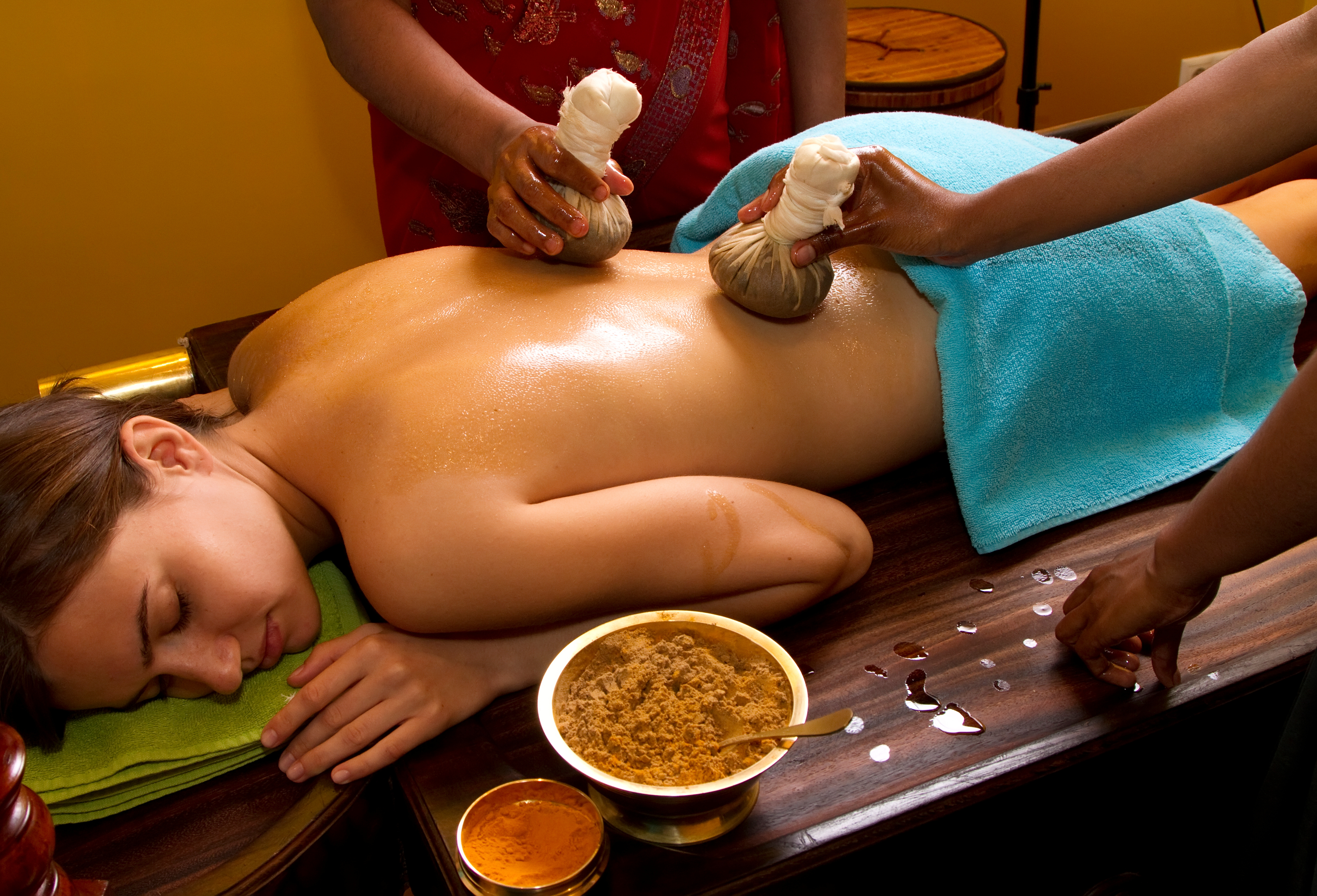
The Pinda Sveda treatment involves a massage using warm cotton pouches filled with warming Ayurvedic herbs and spices such as ginger, turmeric, lemongrass, or cinnamon. The pouches are then dipped in warm oil or a herbal decoction.
In this form of Ayurveda massage, the pouches are gently tapped and rubbed over the entire body, allowing the warmth to penetrate deeply into the muscles. The herbs inside the pouches have anti-inflammatory and pain-relieving properties, which help alleviate various ailments.
Pizhichil & Garbhini Abhyanga – Special Ayurveda Massages for Men and Women
Ayurvedic Massages for Women
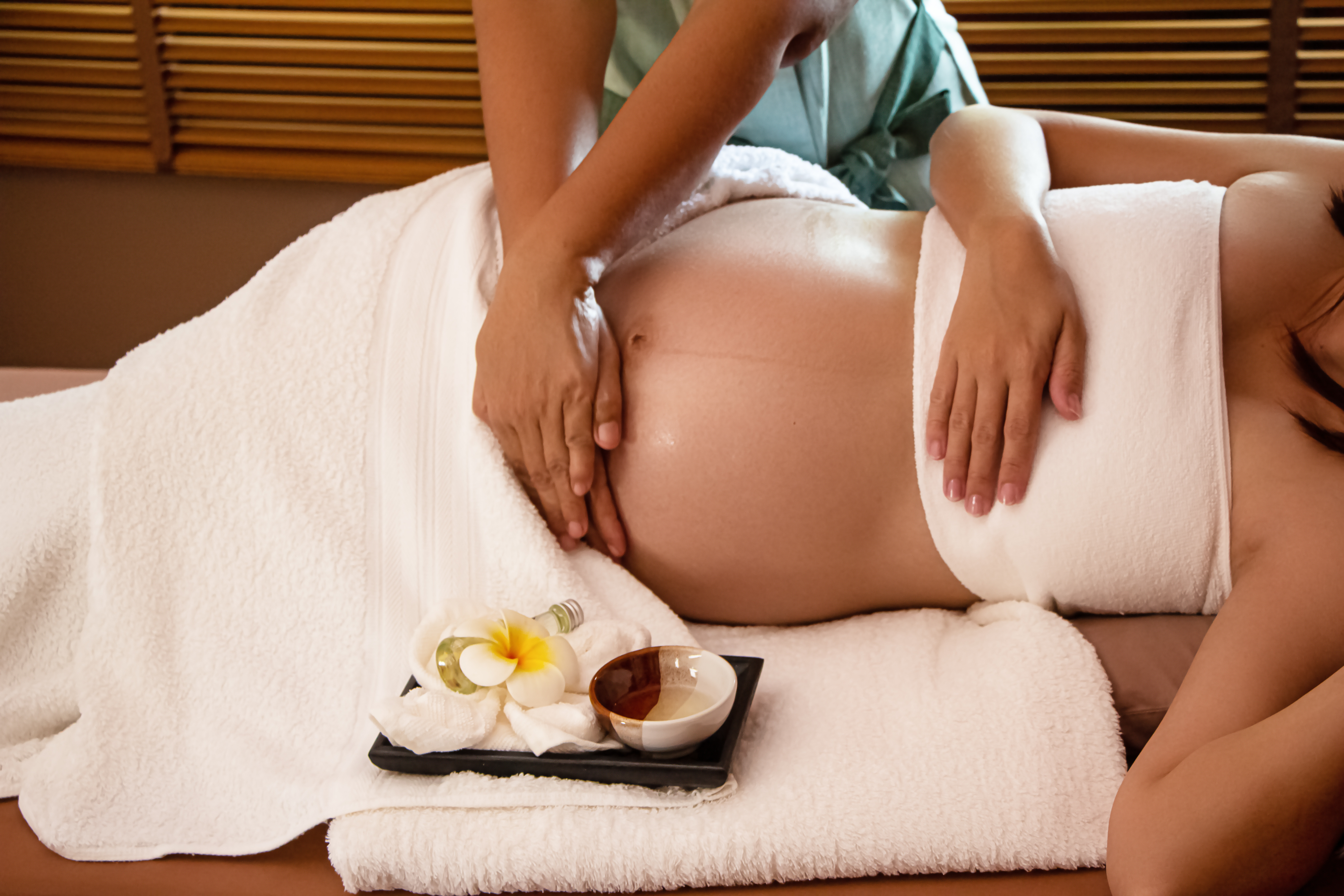
Women benefit from special Ayurvedic massage techniques that address their physical and emotional needs during different life stages. Specific techniques like Garbhini Abhyanga are particularly popular during pregnancy. This gentle full-body massage can help pregnant women relax, enhance their well-being, and prepare for childbirth. Oils such as almond or sesame oil are used, which can soothe Vata and support the growth of the child.
Ayurvedic Massages for Men
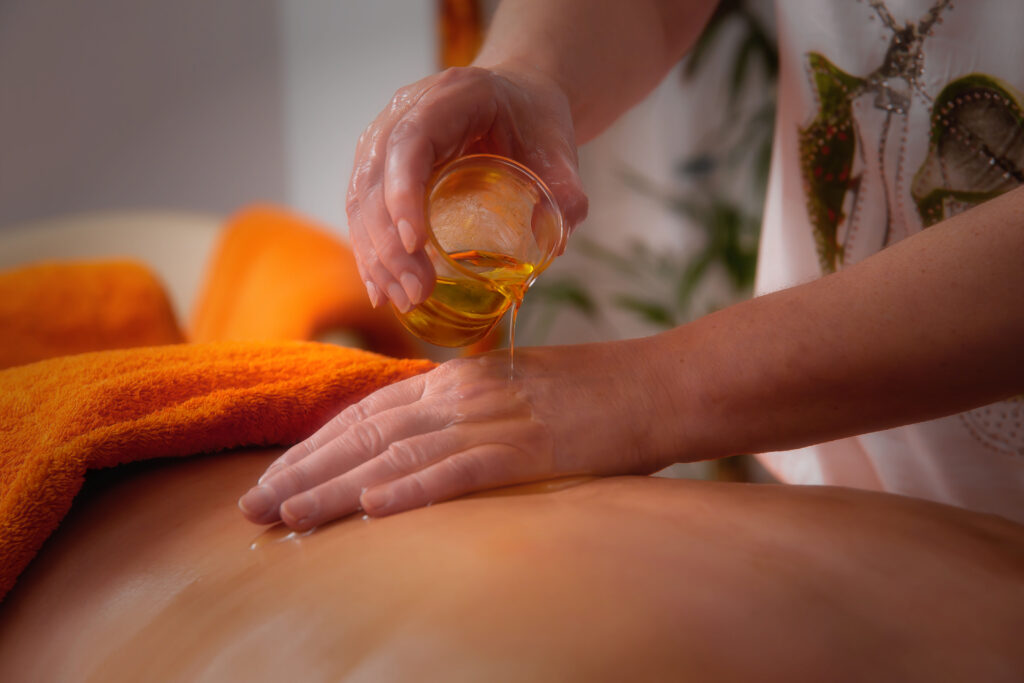
For men, the Pizhichil massage is especially popular, where warm oil is poured over the entire body in rhythmic movements. This technique can relieve tension and aid recovery after physical exertion. Men also benefit from cooling oils such as coconut oil or sandalwood oil, which are intended to balance Pitta.
Ayurvedic Self-Massage – A Guide
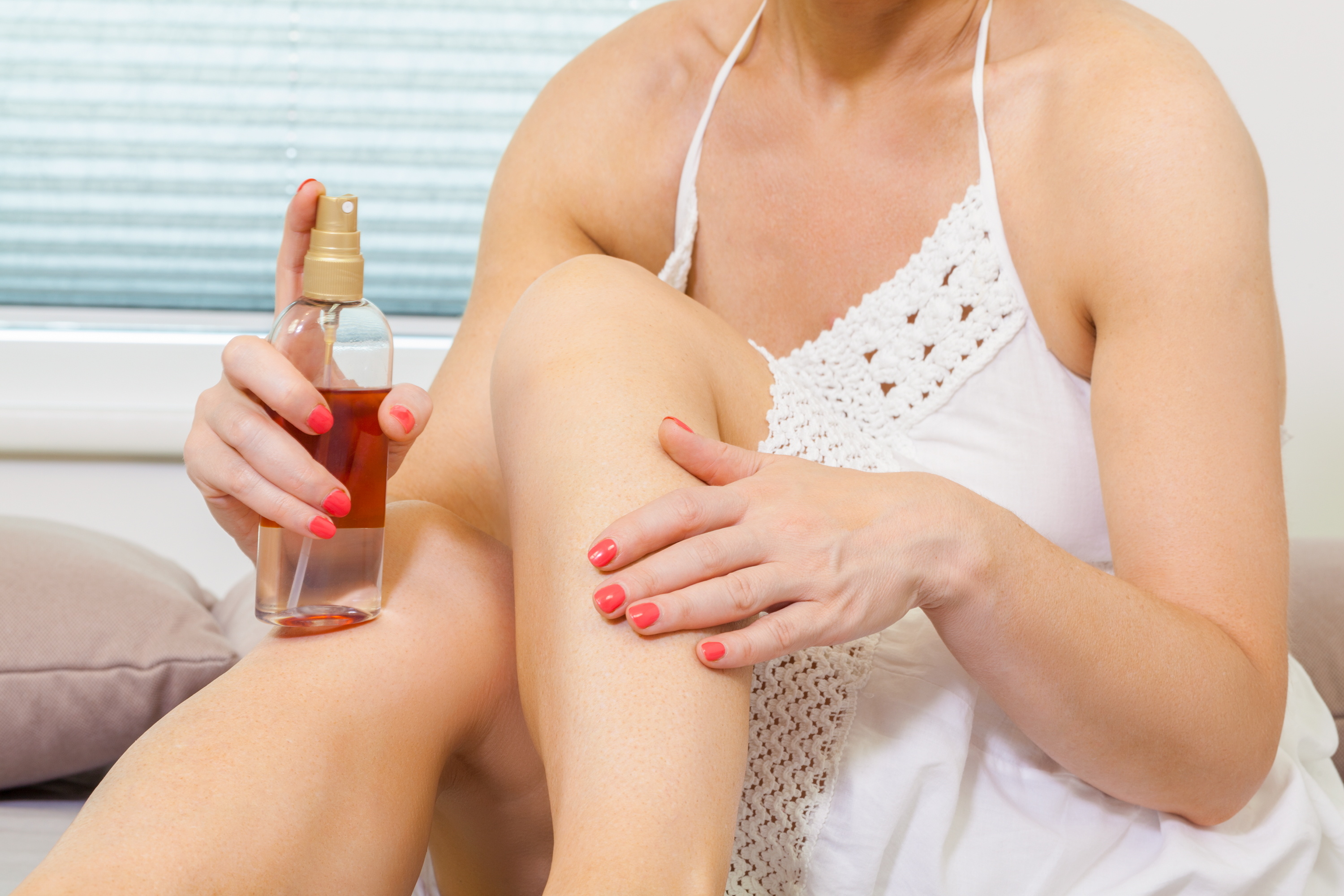
In addition to receiving an Ayurvedic massage from a professional therapist, you can also try an Ayurvedic self-massage. The advantage of this is that, aside from saving costs, you can easily integrate it into your daily routine.
- Preparation: Make sure you are in a quiet place where you can relax. Slightly warm the massage oil to distribute it on your skin afterward.
- Choose Dosha-specific Oil: For example, sesame oil is suitable for Vata, coconut oil for Pitta, and mustard oil for Kapha types.
- Start with the Head: Put some oil in your palms and gently massage your head and scalp. Use circular movements to release tension.
- Facial Massage: Continue by gently applying the oil to your face. Massage your cheeks, forehead, and chin in circular movements, avoiding the eye area.
- Body Massage: Generously apply oil to your body and massage each area with long, gentle strokes. Focus on joints and muscles to relieve tension.
- Finishing: Allow the oil to soak into your skin for about 10-15 minutes. Then take a warm shower or bath to wash off excess oil and open your pores.
Massage Oils and Their Effects on Dosha Types
Vata Type:
- Sesame Oil: Calming and warming, helps soothe Vata imbalances that can lead to dryness, restlessness, and insomnia
- Almond Oil: Nourishing and warming, particularly effective for Vata-related issues such as joint stiffness and nervousness.
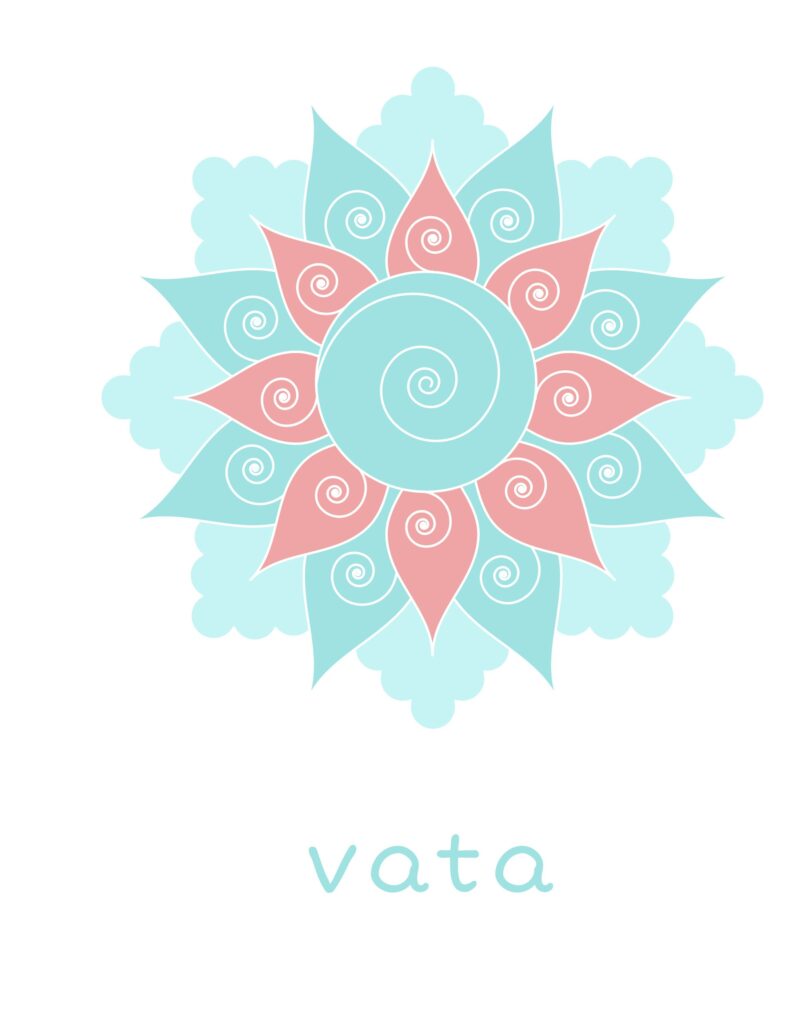
Learn more about the Vata dosha here.
Pitta Type:
- Coconut Oil: Cooling and soothing, helps reduce heat and inflammation, typical of Pitta imbalances.
- Sandalwood Oil: Cooling and balancing, promotes emotional stability and reduces Pitta-related irritability.
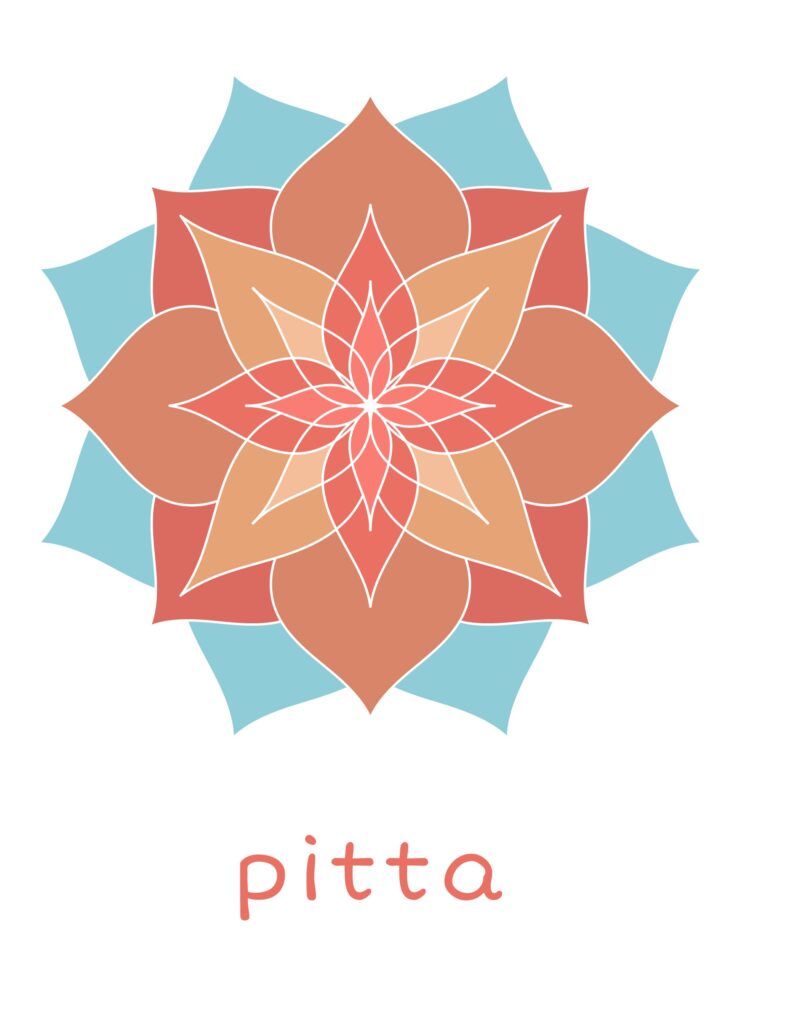
Learn more about the Pitta dosha here.
Kapha Type:
- Mustard Oil: Warming and stimulating, helps alleviate Kapha imbalances that can cause sluggishness and poor digestion.
- Ginger Oil: Warming and stimulating, supports digestion and reduces Kapha-related issues like heaviness and stagnation.
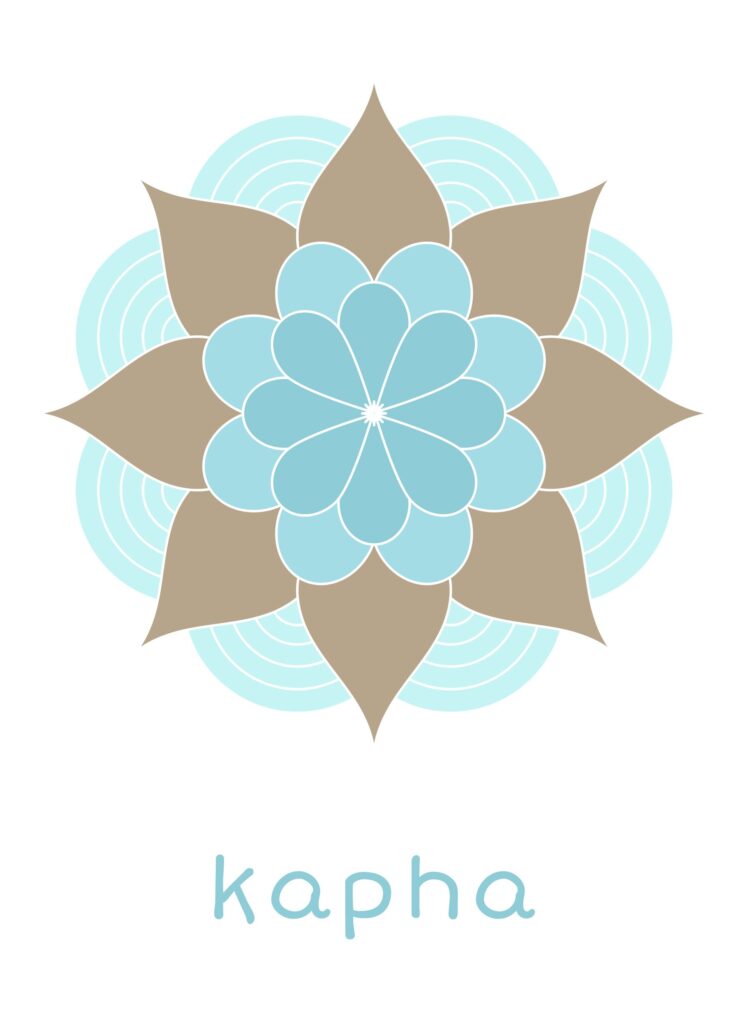
Learn more about the Kapha dosha here.
Side Effects – When to Avoid an Ayurveda Massage?
Ayurveda massages are generally associated with very few side effects and can be applied as complementary therapy for a variety of symptoms. However, there are contraindications where an Ayurveda massage should not be performed or should only be done after consulting a doctor. These contraindications include:
- Fever
- Inflammations
- Skin wounds or burns
- Varicose veins
- Cancer
Also, during menstruation and in the early months of pregnancy, it is advisable to consult your doctor beforehand. Local skin wounds and burns do not necessarily exclude an Ayurveda massage, provided the affected areas are avoided during the treatment.
FAQ – The Essentials of Indian Massage in Brief
What is the goal of an Ayurveda massage?
An Ayurveda massage aims to promote physical, mental, and spiritual well-being by balancing the doshas and activating the body’s self-healing powers.
What is special about an Ayurveda massage?
The uniqueness of an Ayurveda massage lies in its holistic approach, which considers not only the body but also the energetic and spiritual aspects. It is tailored to the dosha type and uses specific oils and techniques.
How much does an Ayurveda massage cost?
The cost of an Ayurveda massage varies depending on the type of massage, the therapist, and the region. In Germany, prices can range from €60 to €120 per hour. If you choose an Ayurveda retreat, individual massage prices are usually significantly lower.
How often should one get an Ayurveda massage?
The frequency of Ayurveda massages depends on individual needs and health conditions. During an Ayurveda retreat, massages are typically performed 1-2 times daily.
What do you wear during an Ayurveda massage?
Typically, no clothing is worn during an Ayurveda massage. The body is massaged with oil, so it is common to be nude. However, special towels or loincloths can be used for discretion and comfort.
What should you consider before an Ayurveda massage?
Before an Ayurveda massage, you should inform yourself about the therapist’s training and qualifications. It is also essential to communicate any health issues and allergies to the therapist. Plan sufficient rest time after the Ayurveda massage to allow the effects to fully unfold.
What side effects can occur from an Ayurveda massage?
Ayurveda massages can occasionally cause mild side effects such as skin irritation or temporary fatigue, especially if the oil is not well tolerated or if the pressure during the massage is too strong.
Are You Interested in Trying an Ayurveda Massage?
Whether near you or in the original countries of India and Sri Lanka, SpaDreams offers a wide range of Ayurveda retreats worldwide, providing the perfect setting to experience the benefits of Ayurvedic massage. Feel free to visit our Ayurveda retreats page or explore our Ayurveda therapy options!

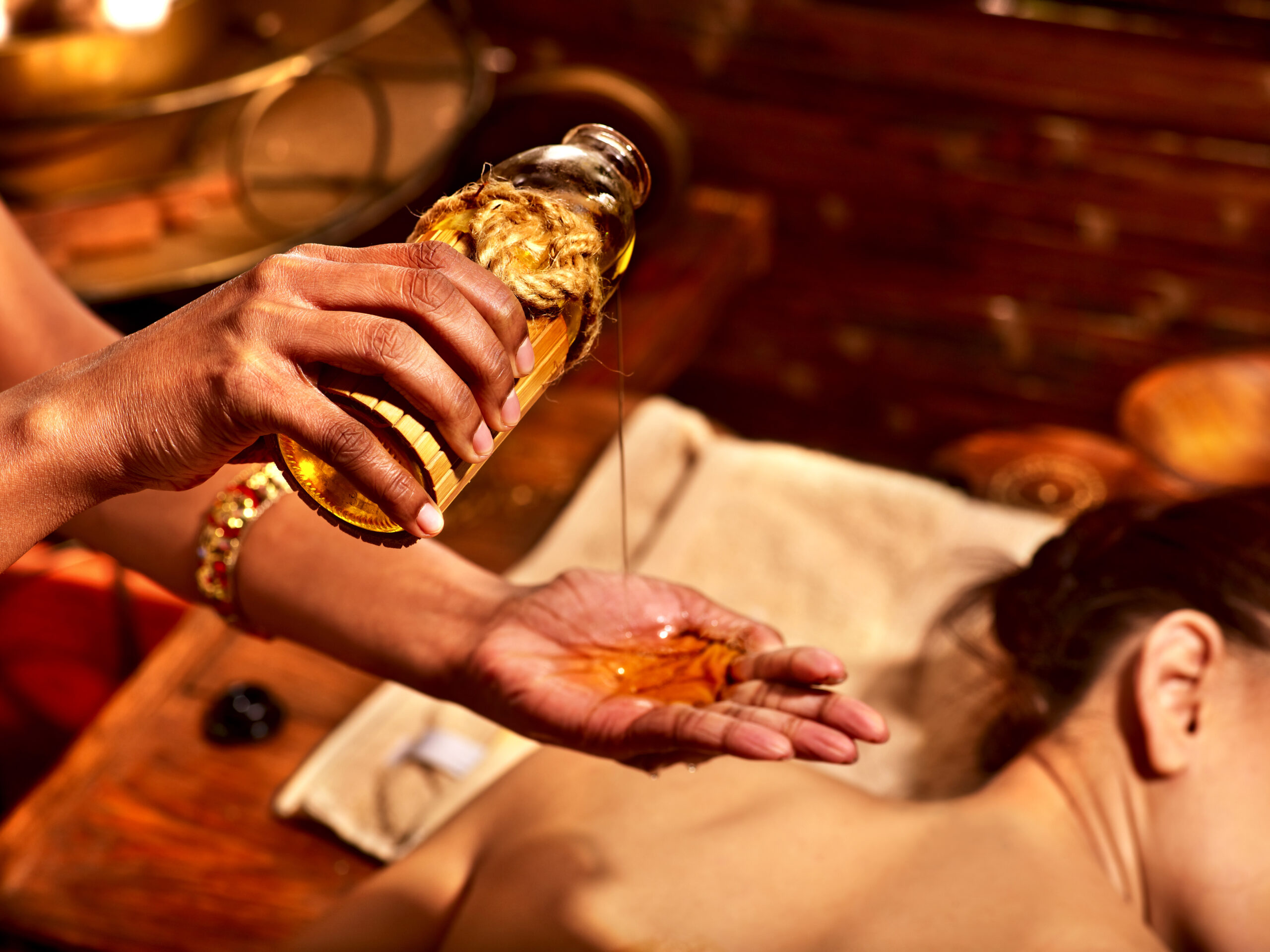

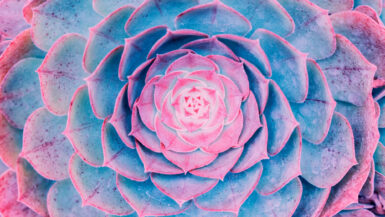
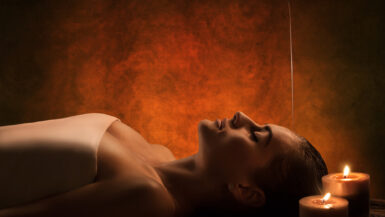
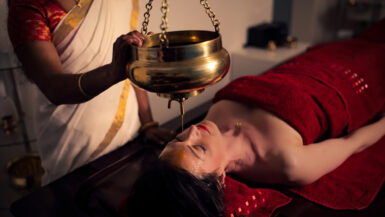
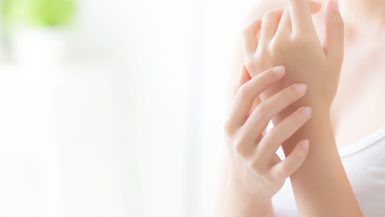
Leave a reply